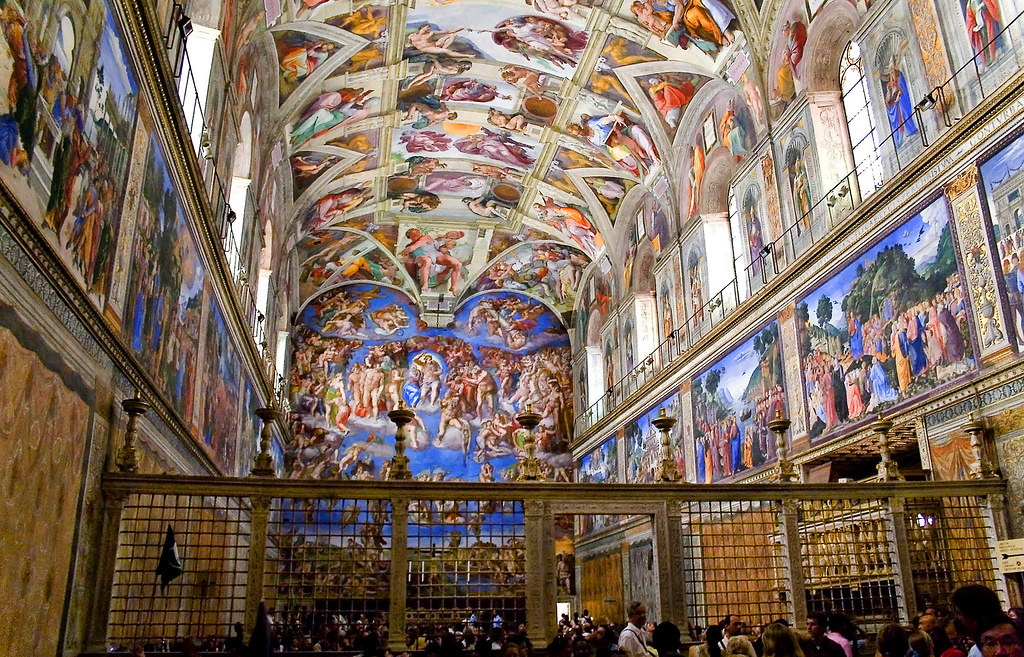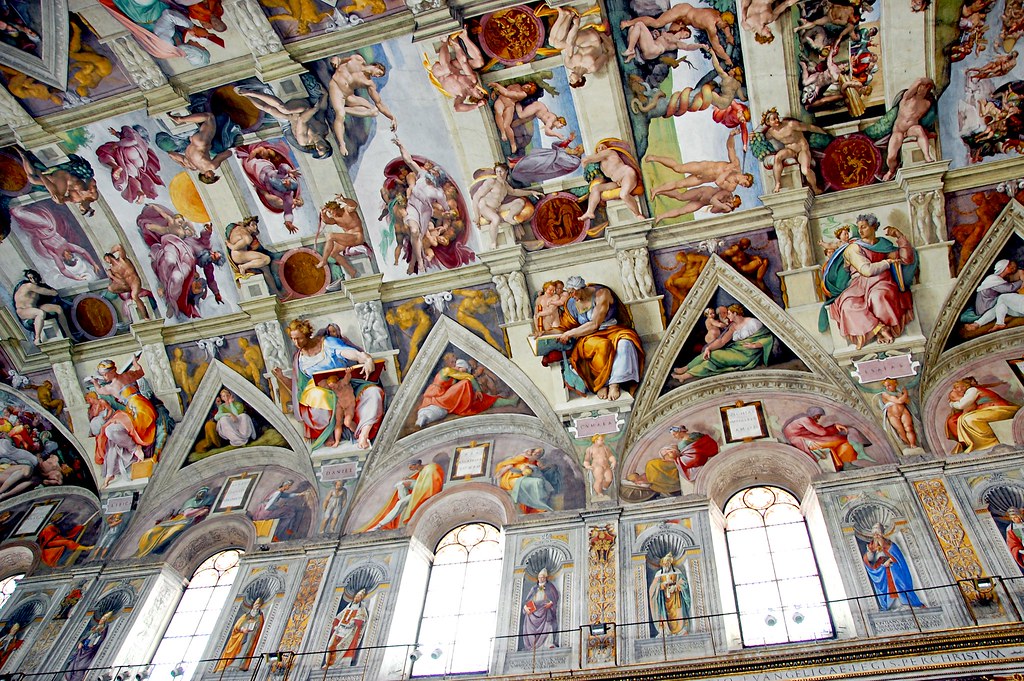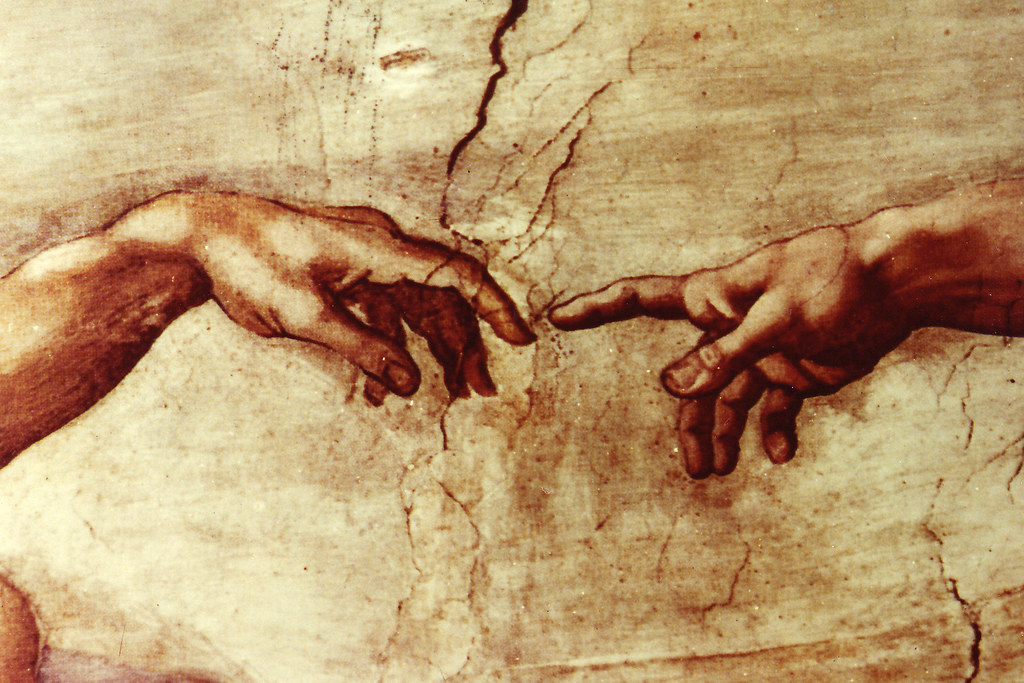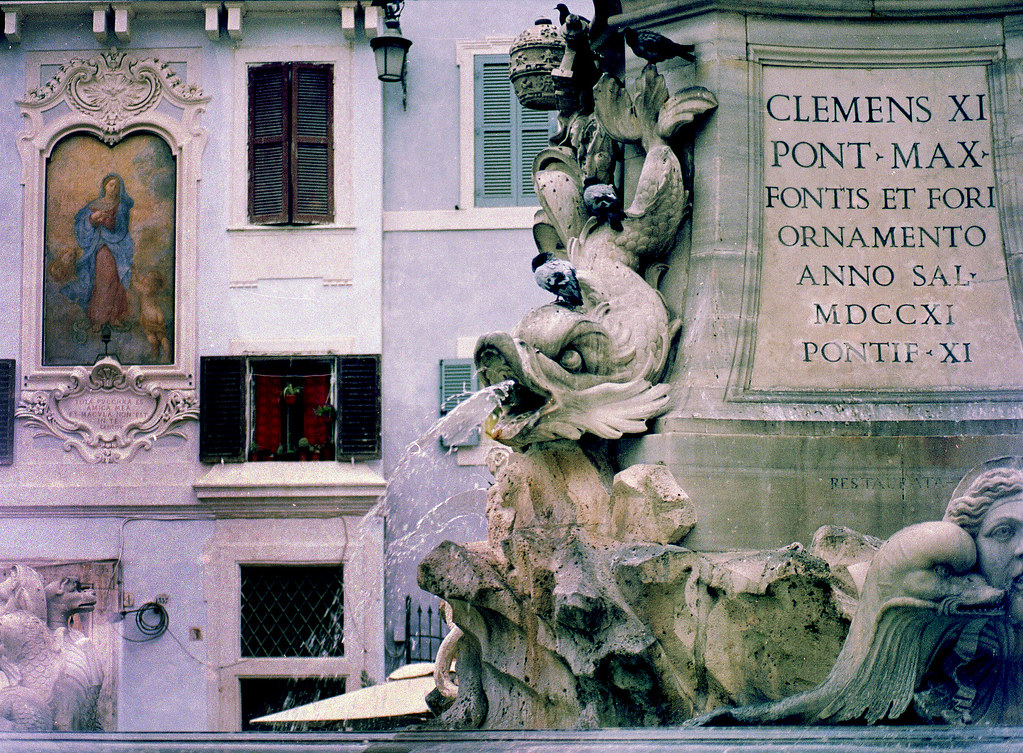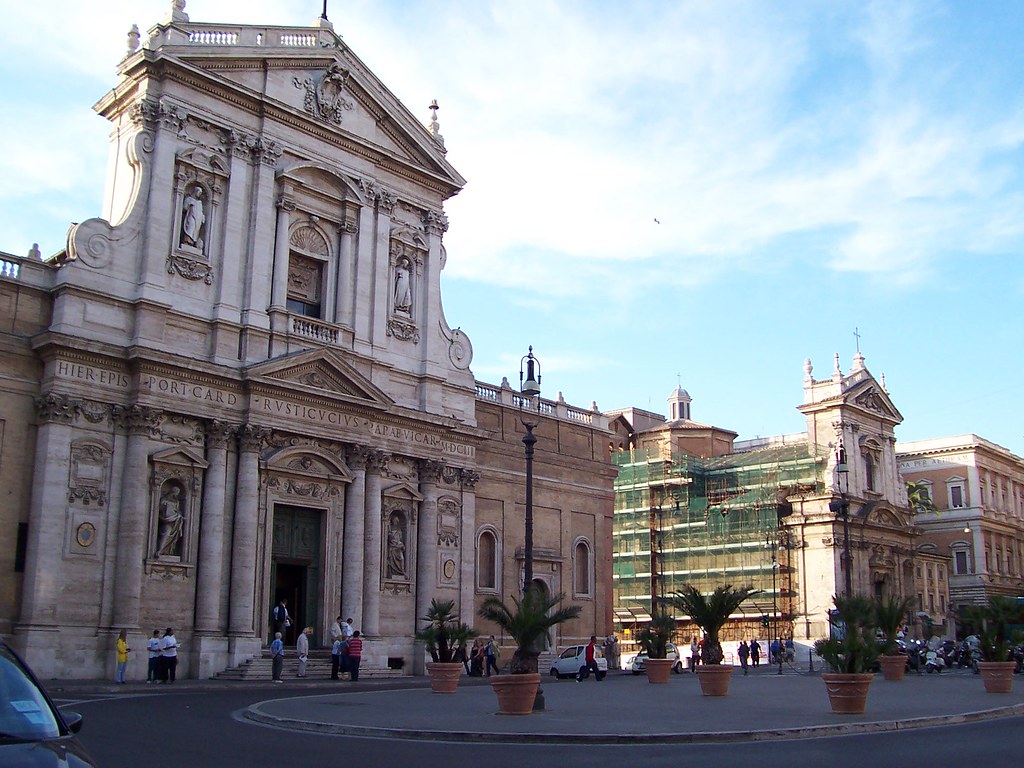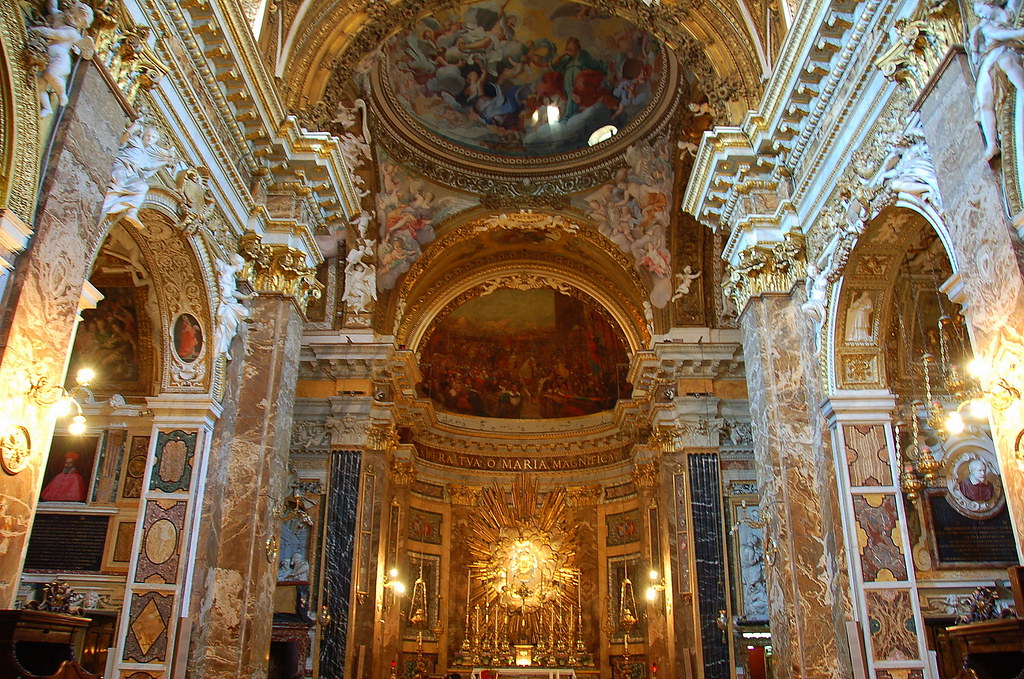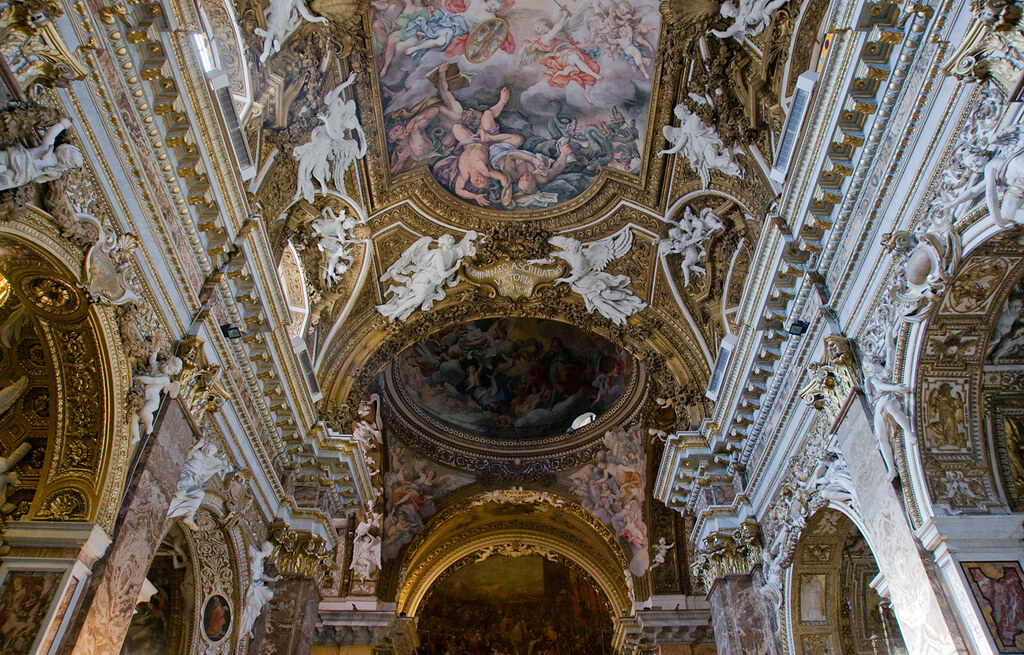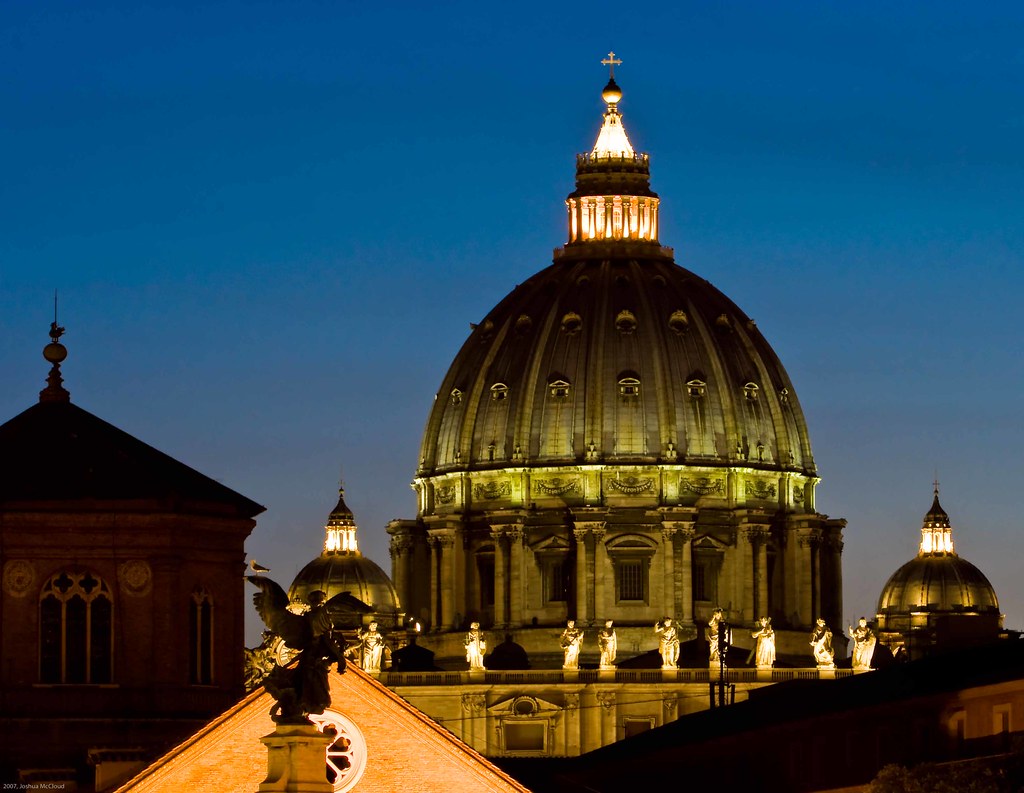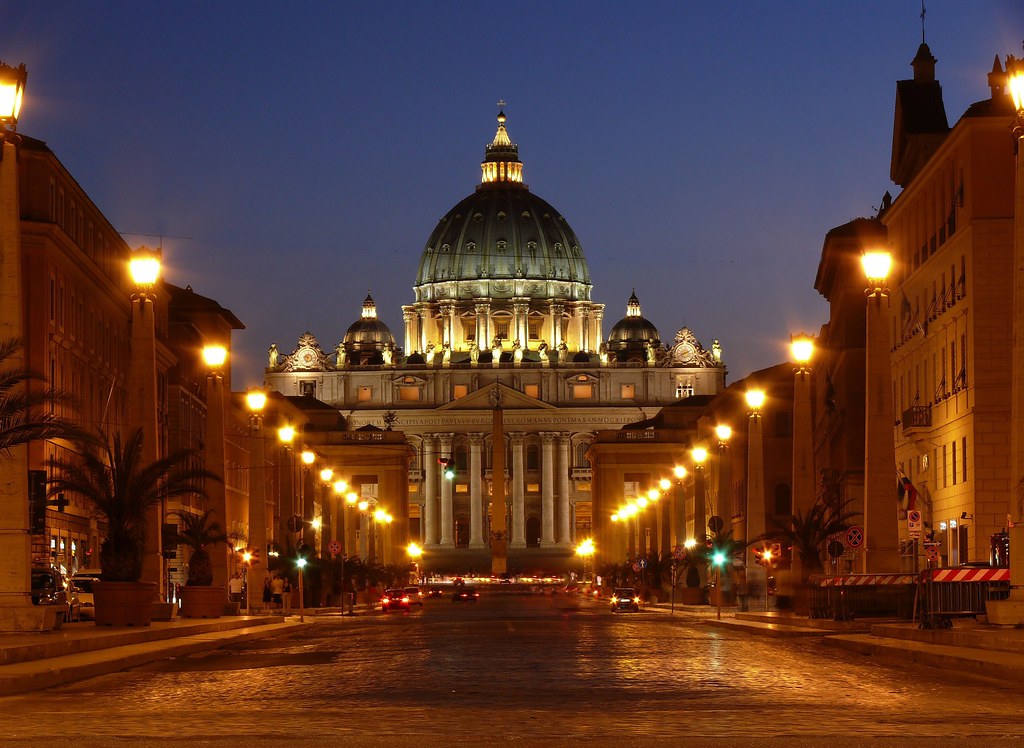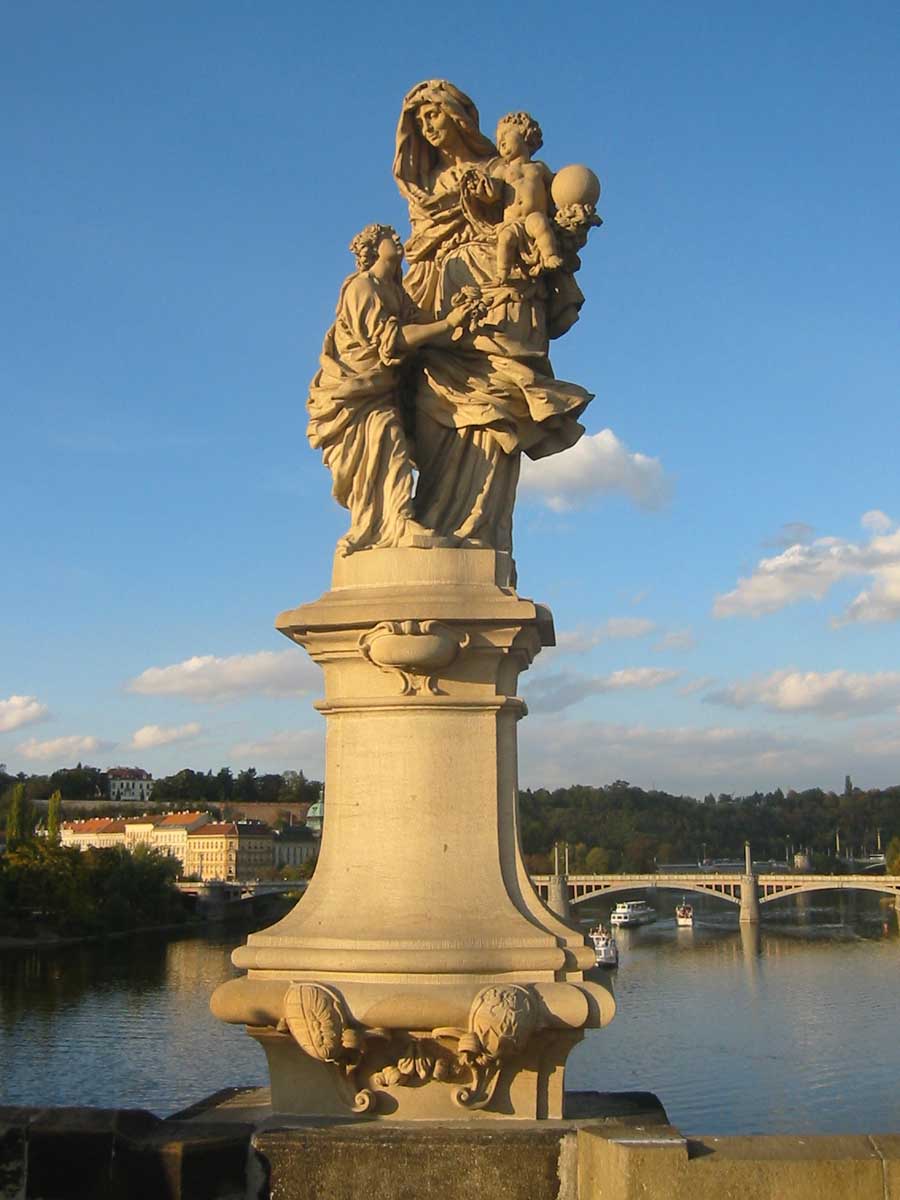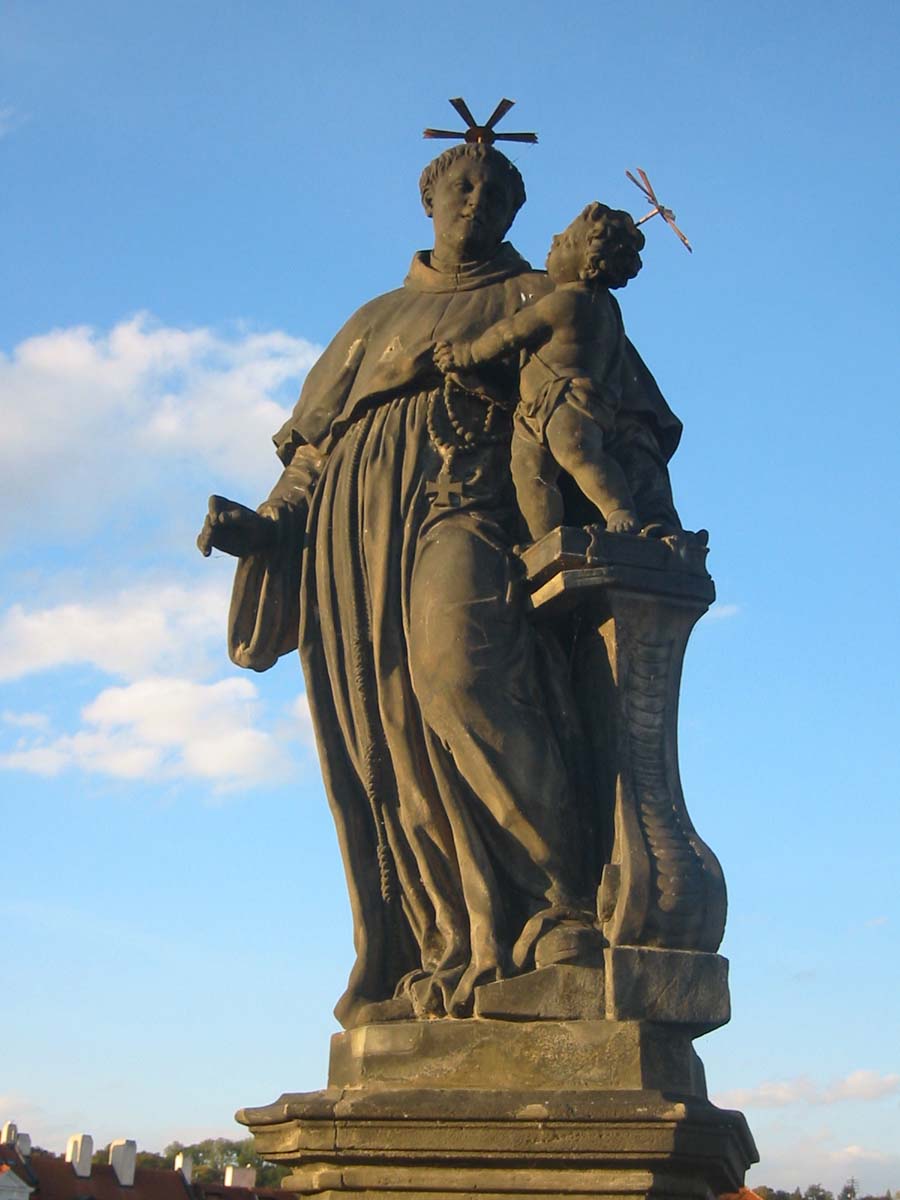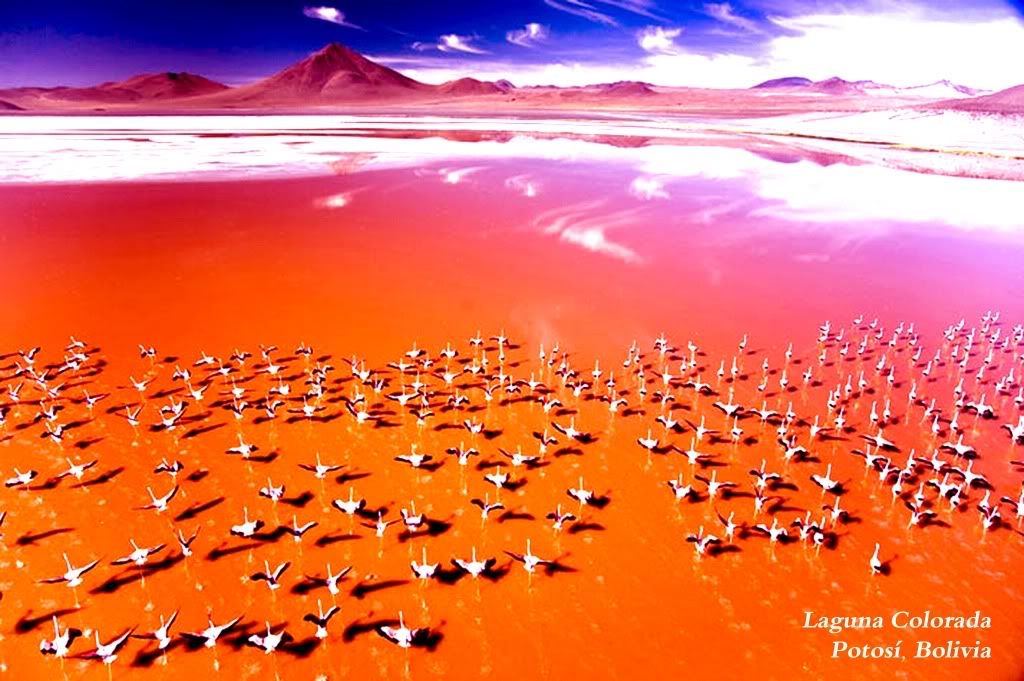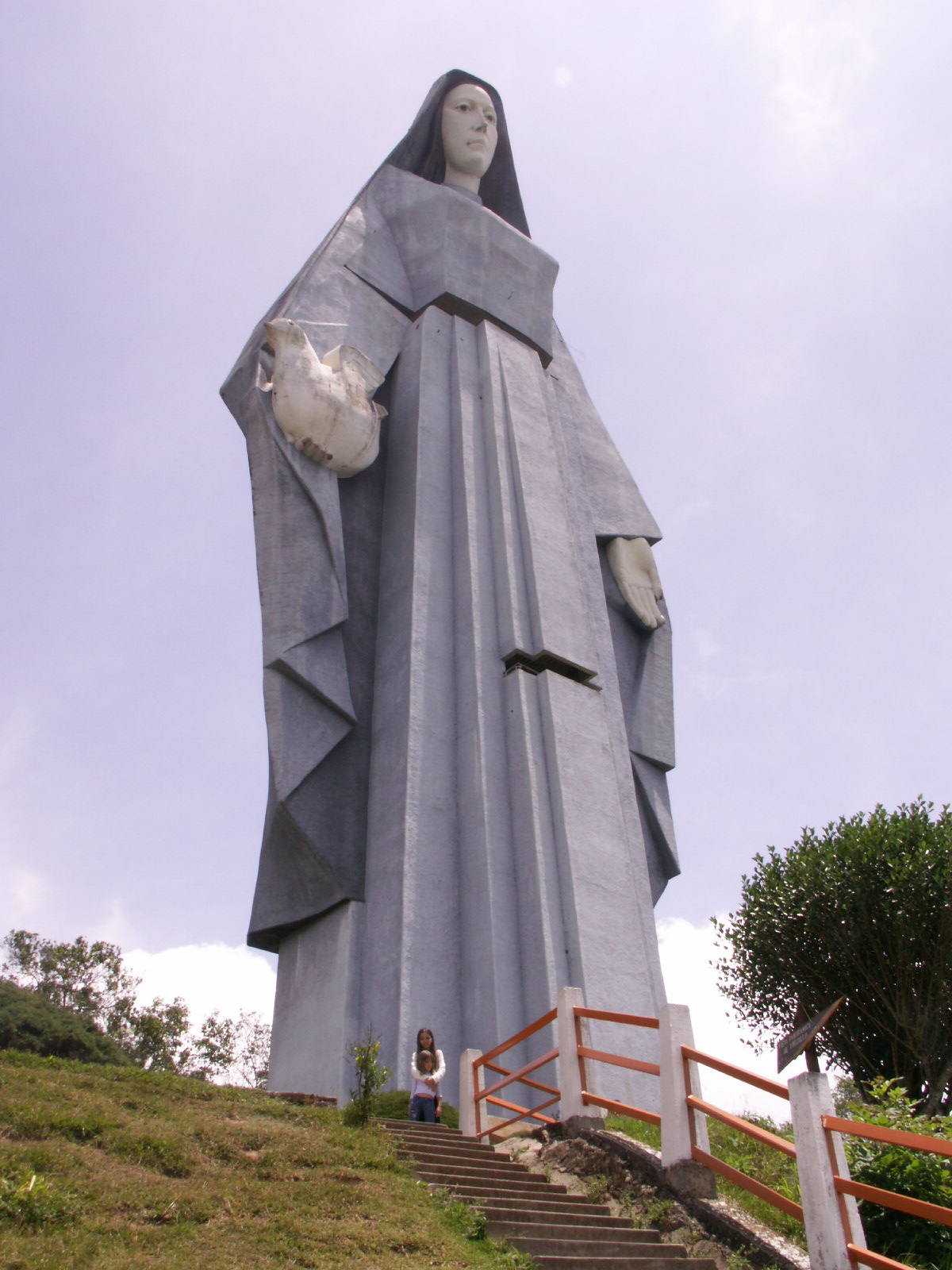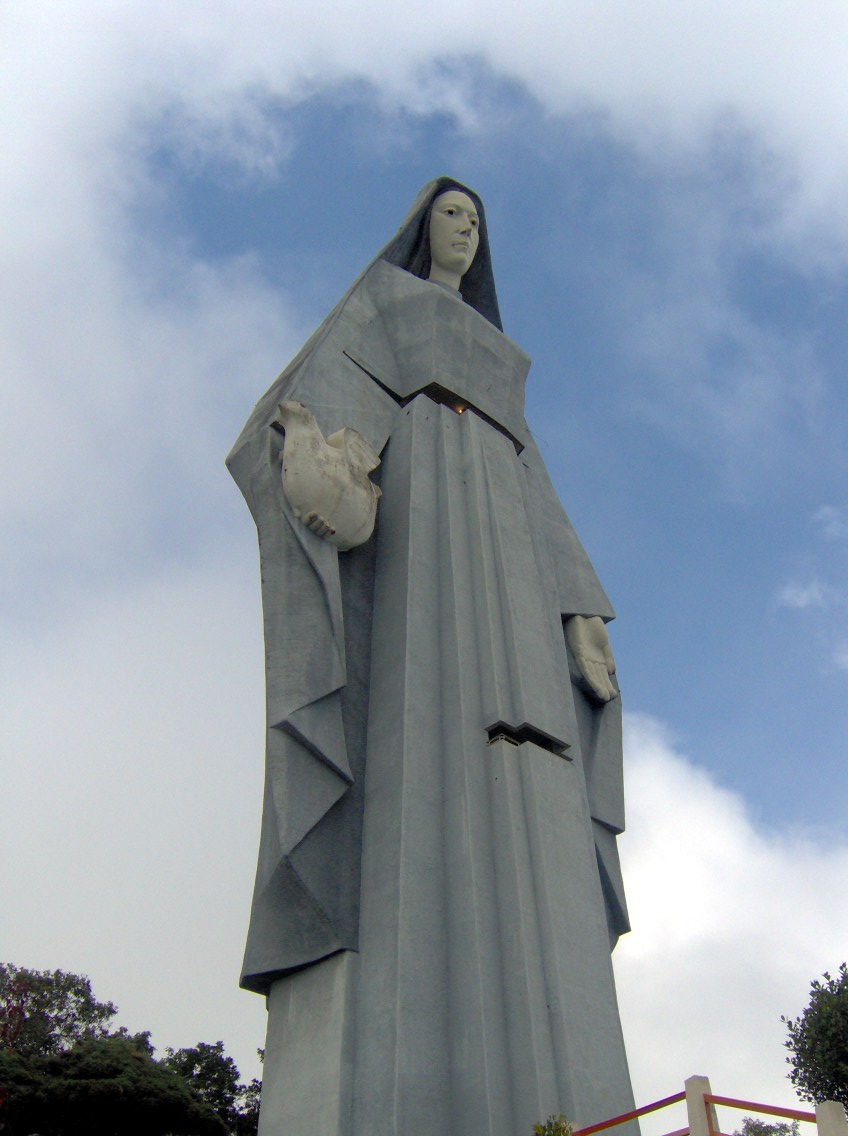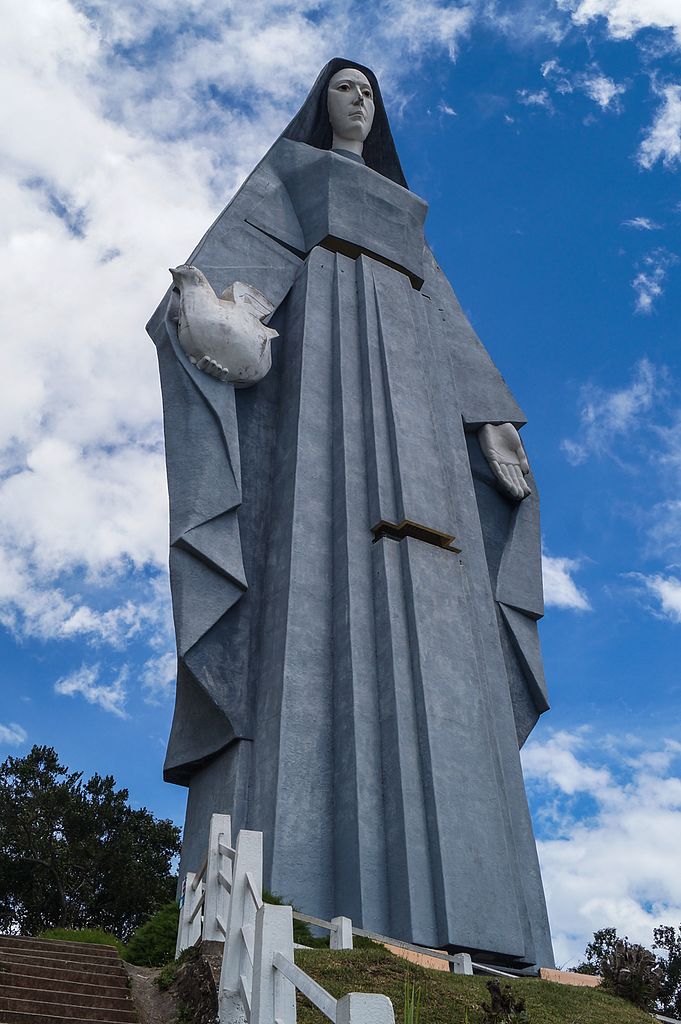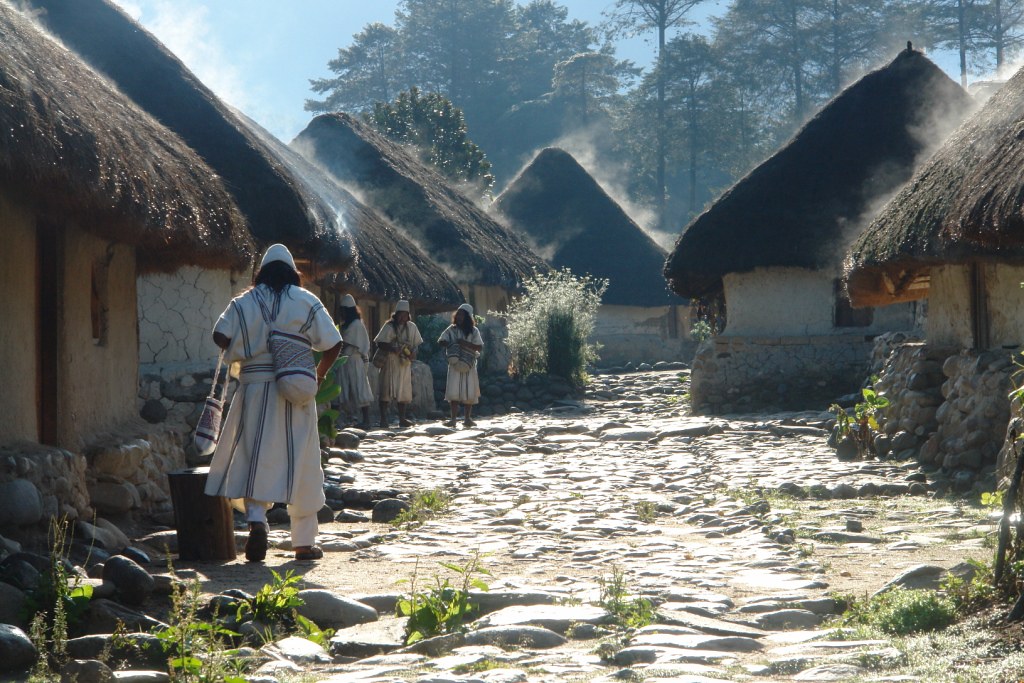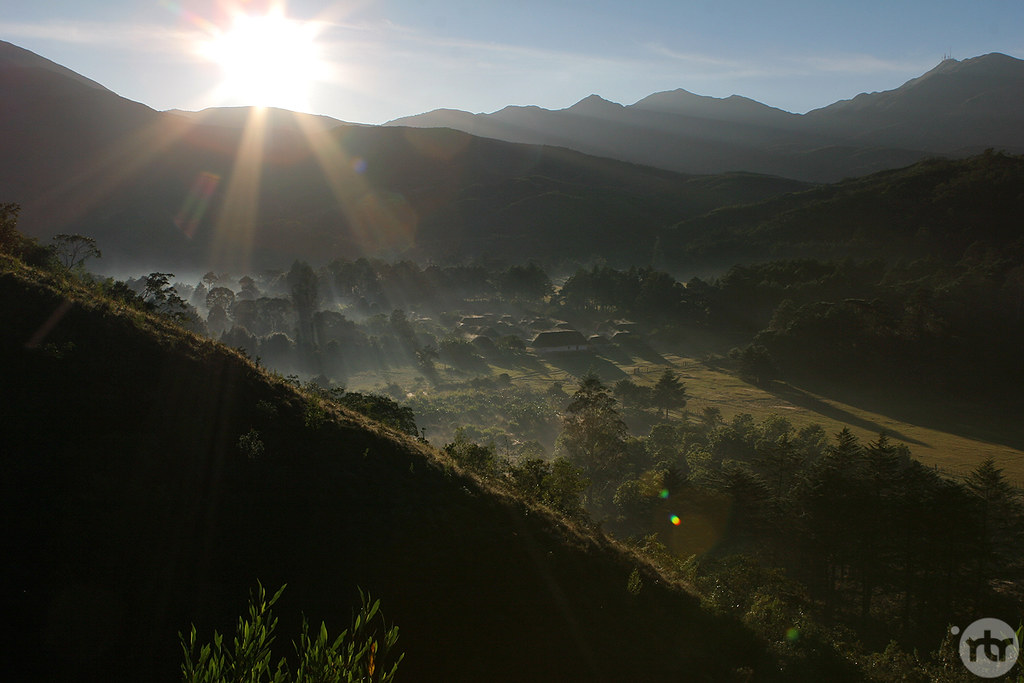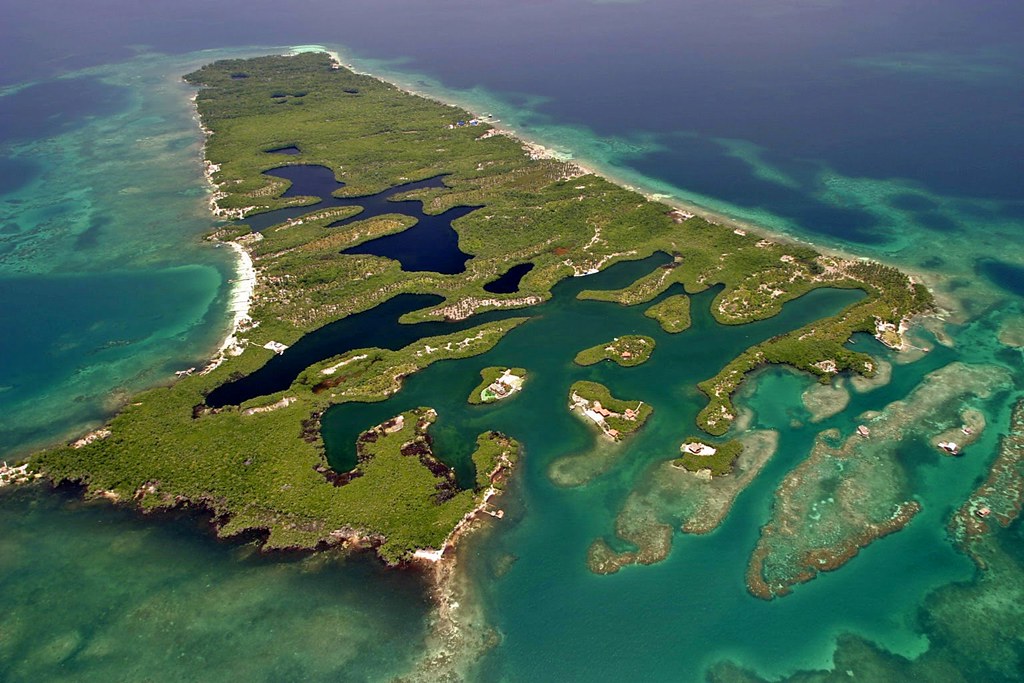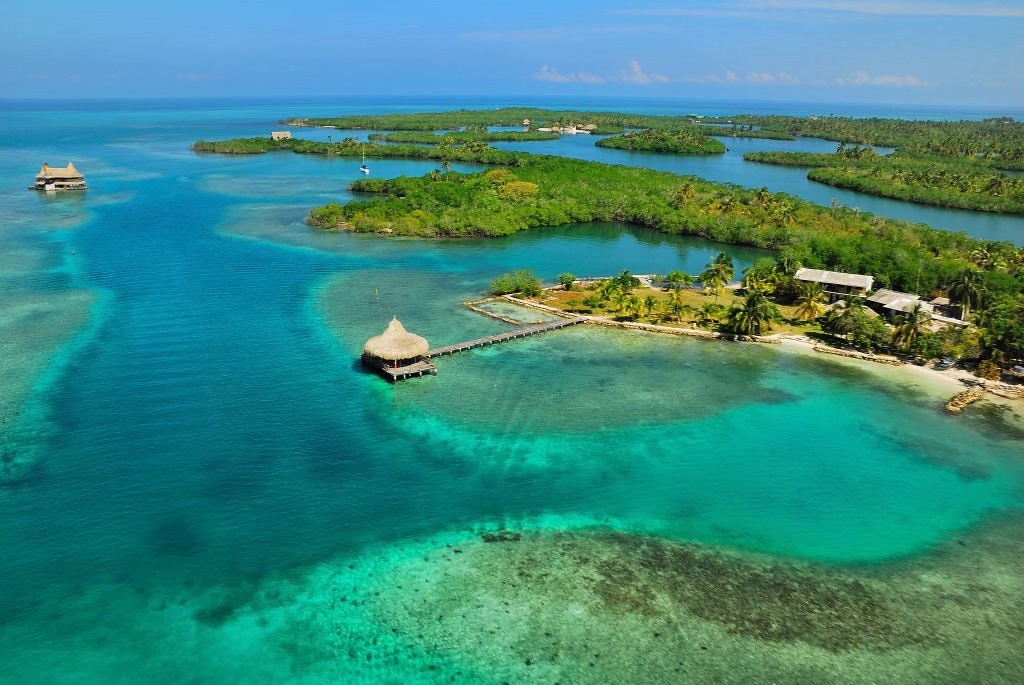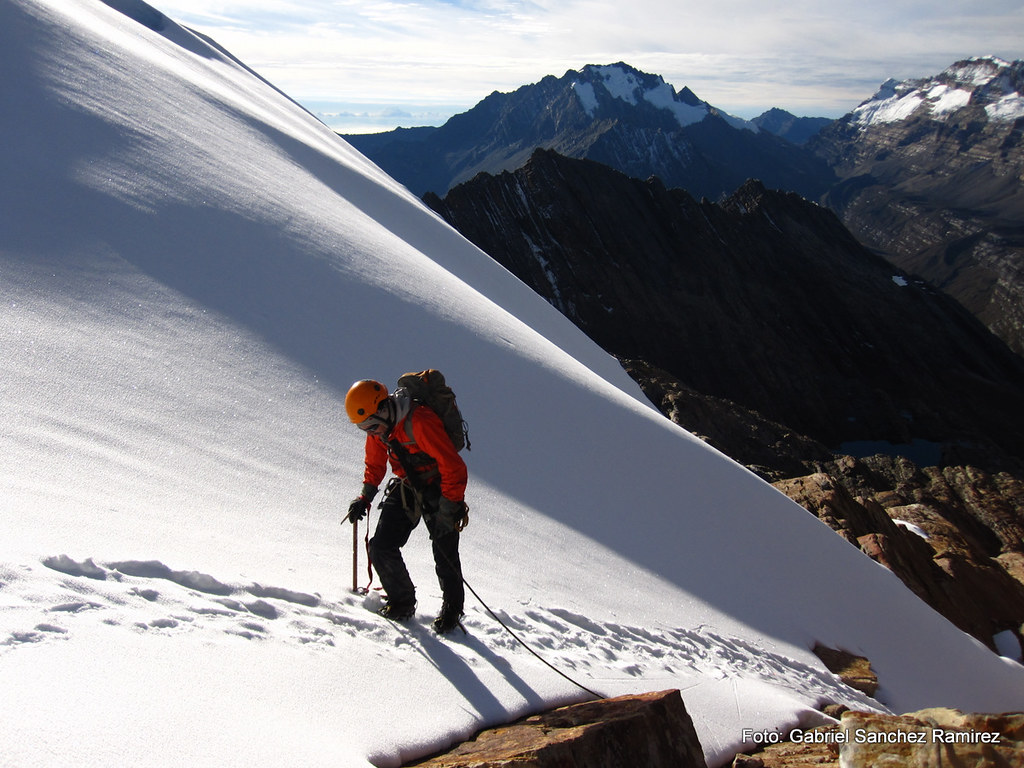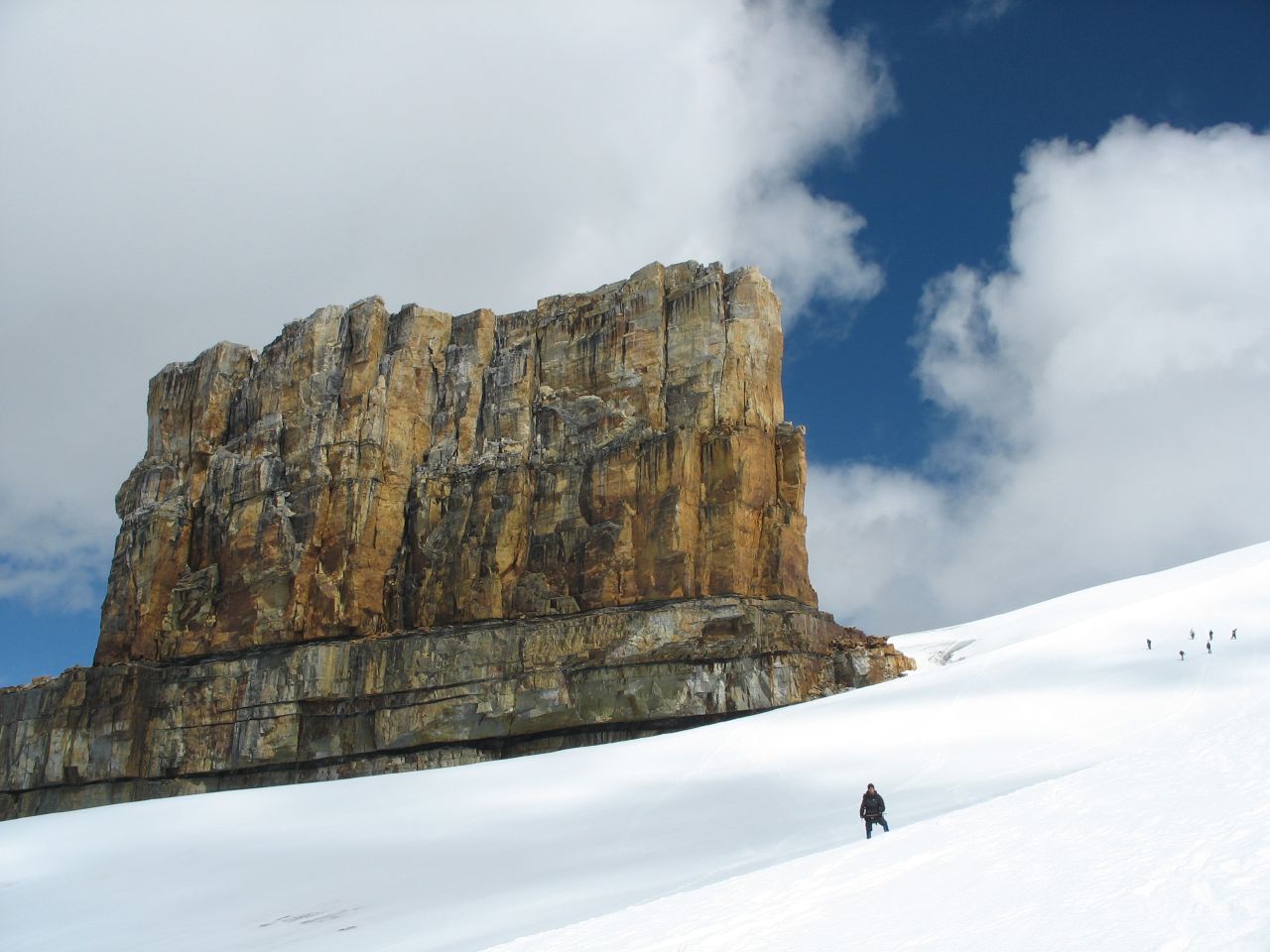The Monument to the Virgen de la Paz is a colossal sculpture commemorating the Virgin Mary , made entirely of concrete, built 11 kilometers southwest of the city of Trujillo in Venezuela with 46.72 meters high, 16 meters wide, 18 deep at the base and about 1200 tons, is the tallest habitable sculpture America , being inches taller than the Statue of Liberty .
The monument is located, and at an altitude of 1,600 m in the call Rock of the Virgin , where it is said that the Virgin appeared in the year 1570 - and therefore the height of the work itself, together with the its enclave of mountains and tropical vegetation , providing a spectacular panoramic view of the region was inaugurated in December 1983 by the then President of Venezuela Luis Herrera Campins , work designed by sculptor Manuel de la Fuente and engineering calculations Rosendo Camargo has five balconies, from where you can see, on a clear day, almost all of the Trujillo State , part of the Sierra Nevada de Mérida and the South Coast of Lake Maracaibo
Since 1568 the Virgin of Our Lady of Peace is the spiritual patron of Trujillo and is also patron of the diocese since 1960. The dove held in his right hand symbolizes the task of the presidency of the Republic of Venezuela, to cry for peace on earth. The Monument to the Virgen de la Paz, was managed for years by a private foundation, after which he became headed by the Governor of the state of Trujillo.
Very despite its huge size and the importance of their symbolism commemorating the patron state, the Memorial of Our Lady of Peace is one of the least visited of contemporary tourism in Trujillo and country. At Easter 2010 the Trujillo government reported 11,000 visitors to the memorial of Our Lady of Peace, while the sanctuary of José Gregorio Hernández in the neighboring municipality Rafael Rangel , received nearly 80,000 visits and traditional population Viacrucis of Tostos , was visited by an estimated 57,000 tourists.


